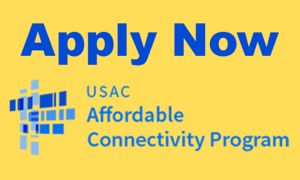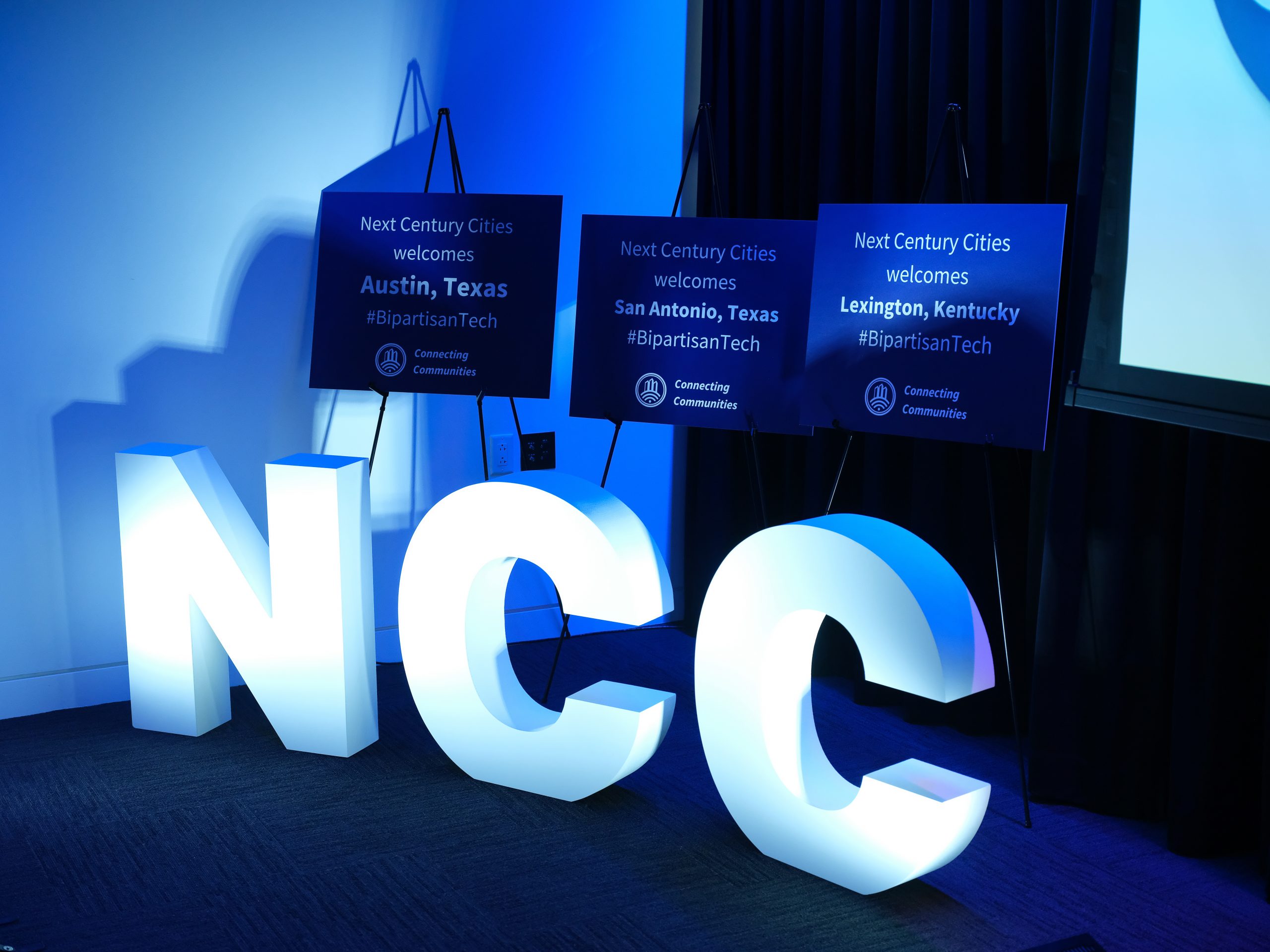By Ryan Johnston

On June 14th, the White House kicked off a “week of action” devoted to raising awareness and enrollment for the Affordable Connectivity Program (“ACP”). Nationally, only 18.7 million of the eligible 52 million households (35.8%) are enrolled in the program. This is a truly outstanding achievement for a program that is only a year and a half old. More importantly, the ACP has had a profound effect on the lives of individual enrollees.
A Montgomery County, Maryland, resident, who wished to remain anonymous, reported that as a result of enrolling in the ACP, she was able to participate in telehealth appointments. She explained that, without the ACP, she would not have been able to maintain a broadband connection given the financial strain on her limited income. The subsidy has enabled her to maintain a broadband subscription. In her words, being able to connect with friends, family, and essential medical and government services increases her quality of life.
Additionally, South Dakota’s McLaughlin School District serves over 470 rural students, 98% of which are Native American. As the school district realized gaps in broadband infrastructure prevented students from accessing remote learning tools, it created a physical site for ACP enrollment assistance. Help from an in-person representative made sign-ups easier and drove more than 100 new enrollments in the program for households that needed it the most. As the Superintendent noted, “For a school district, [offline] is not best practice for serving our customers. There is no back and forth… It is a great supplemental piece as long as you are in class with the teacher Monday through Friday.”
Though there are countless examples of how beneficial the ACP is for communities nationwide, there is a danger the ACP may not last much longer. Current estimates predict that ACP funding will be depleted by the second quarter of 2024. In order to fund the program for the next five years, some suggest that the ACP will need an additional $30 to $35 billion. While the program was passed with bipartisan support, there are concerns from some lawmakers about how the program has targeted new adopters versus existing broadband subscribers. This complicates extending funding as certain policymakers are likely to demand programmatic changes before agreeing to approve new ACP dollars.
The ACP is not just a critical program, it is also a key supplement to the National Telecommunications and Information Administration’s (“NTIA”) Broadband Equity, Access, and Deployment Program (“BEAD”) objectives. As NTIA Administrator Davidson highlights, “ACP is critical to connect[ing] households, and it’s also critical for the success of our broadband infrastructure programs,” he said. “People need to be able to afford to get online. . . .” Davidson urged stakeholders and digital equity groups to let federal lawmakers know how important this program has been to people in their communities. “Make sure they understand the real-world impact, the real-life impact that an affordable high-speed Internet connection can have and remind them how difficult it will be to deliver that connection to everyone in this country without the help of a vital tool like ACP,” he said.
The ACP has been and continues to be a vital resource for millions of Americans nationwide. Without continued funding, millions of low-income consumers who rely on the program will not be able to maintain monthly subscriptions. Reaching the FCC’s, White House’s, and Congress’ goals to close the digital divide depends on a fully funded ACP.
Additional Resources
- The Affordable Connectivity Program: Resources for Next Century Cities Members
- Next Century Cities Emphasizes the Importance of the Affordable Connectivity Program on a Pennsylvania Bar Institute Panel Discussion
- Next Century Cities Joins Public Interest Allies, Urging Congressional Leadership to Extend the Affordable Connectivity Program

